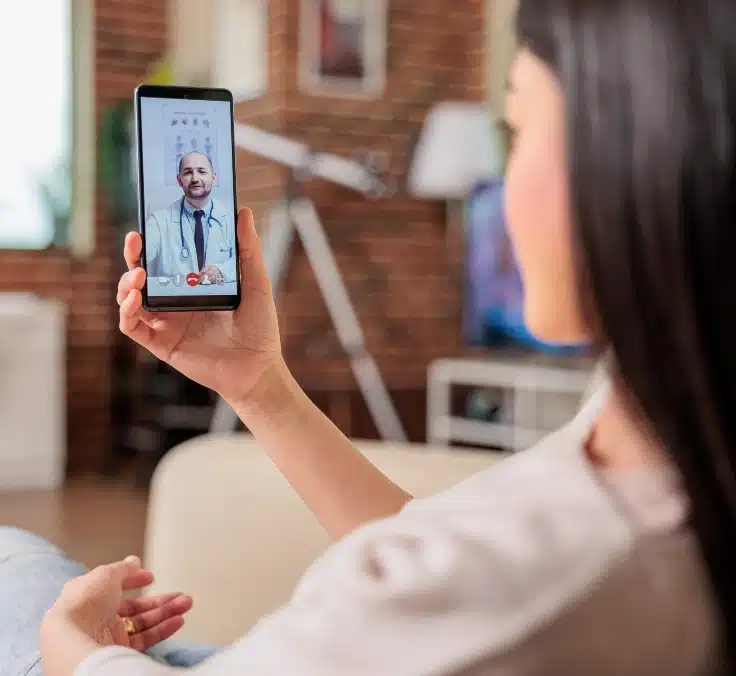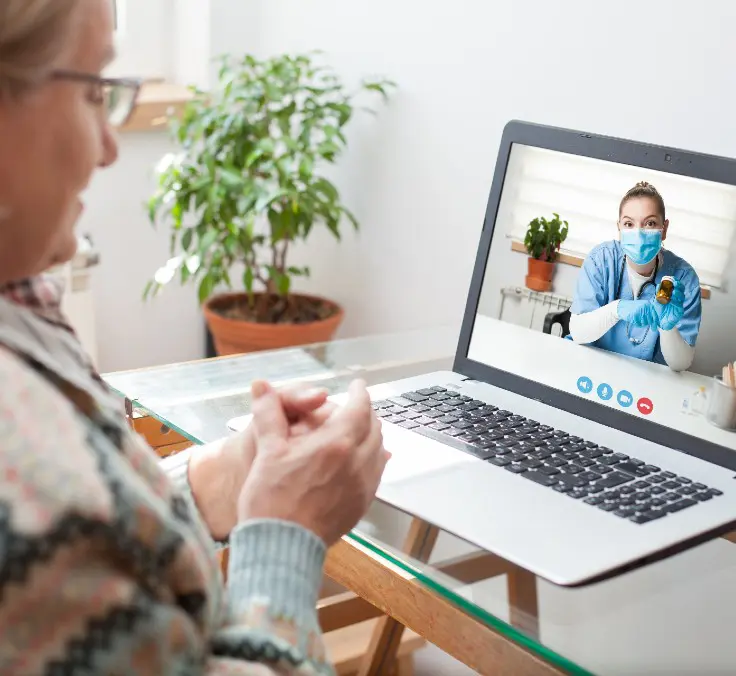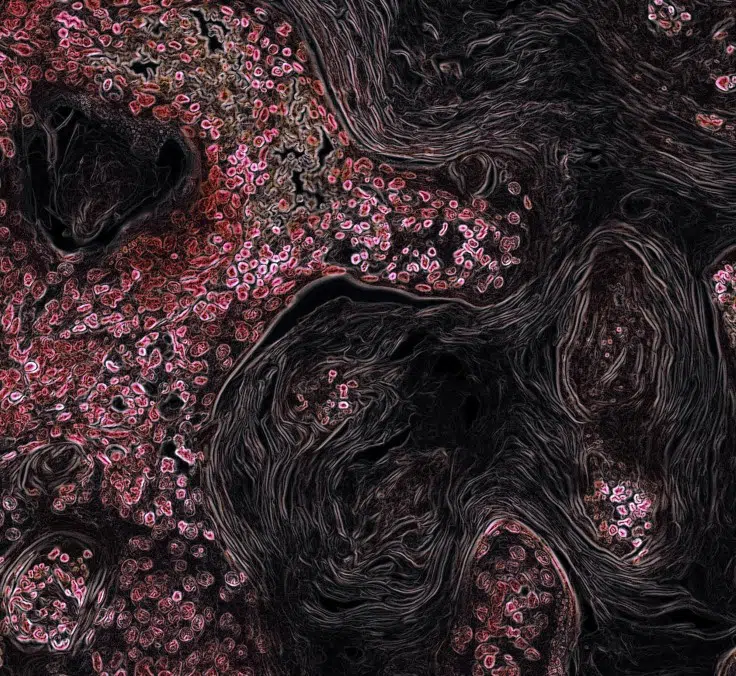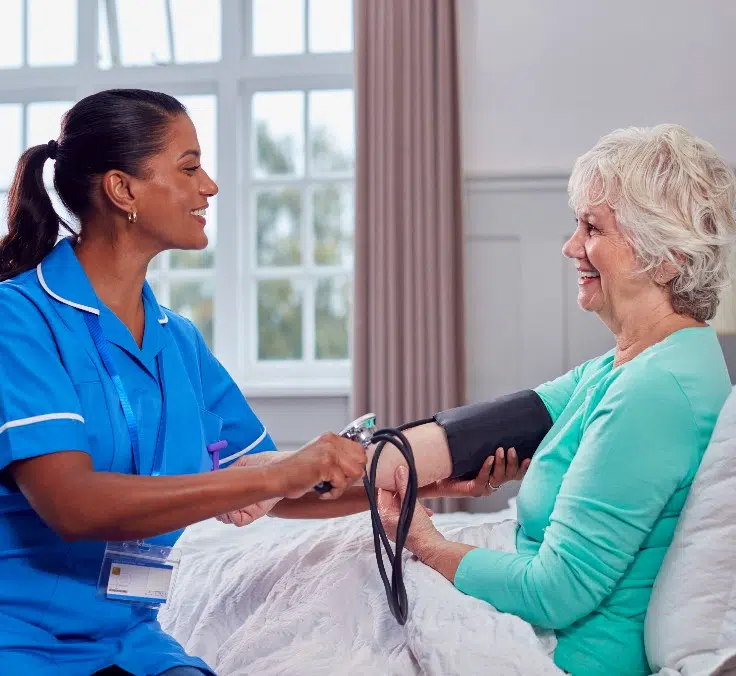INNOVATION| 28.02.2023
Impact of 5G and 6G technologies on healthcare
There is no doubt that the development of mobile communications is one of the great transformations of our time. From their beginnings, and up to and including current developments, advances in 5G and the yet-to-come 6G not only affect the way we communicate and access information, but can also have a major impact on healthcare, providing tools and opportunities for changes in how healthcare is provided.
This 2023, as every year, the Mobile World Congress will be held in Barcelona. The focus this year, among other topics, will be on the implementation of 5G and the progress toward 6G.
What are 5G and 6G?
The names refer to the fifth and sixth generation, respectively, of mobile connectivity. It is a technology that is evolving in different ways in two major spheres: speed and latency. 6G is expected to use higher frequency bands than previous ones, and very fast network technology that will enable record speeds and minimal latency. To put it simply, this will allow the time between sending and receiving data to be as short as possible, taking communication one step further towards “real time”, a feature that, as we shall see, is of major importance when we speak of medicine and health.
From the Internet of Things (IoT) to the Internet of Healthcare Things (IoHT)
The 5G network enabled the expansion of the Internet of Things, a concept that encompasses a multitude of physical objects capable of connecting to the Internet, sending and receiving data so as to stay in communication with other objects. These devices can be anything: industrial mechanical sensors or everyday objects such as a television, a refrigerator, or a smart light bulb. All capable of connecting to the Internet and interacting without the need for human intervention.
Within this concept, and thanks to improvements in connectivity that allow networks such as advanced 5G or 6G, we can speak of the Internet of Healthcare Things, where connected devices and designed solutions have to do with medical patient care, as in the following ways.
Telemedicine
A high-speed, low-latency connection of these technologies allows for medical images and other data to be transmitted quickly and accurately. This can be especially important in emergency situations. And even in more everyday situations, such as caring for homebound or elderly dependents, the ability to make a low-latency video call generates more trust and better care.
Remote monitoring
Patients who have chronic illnesses or who need constant follow-up will benefit from real-time monitoring. Also implants that can be connected to the network, such as valves, pacemakers and other wearables for external use, will be able to transmit data about a patient’s health to healthcare professionals in real time. This will enable a quick response in event of a problem.
Augmented reality and virtual reality
These can be very useful tools both for educating and training health professionals, as well as for treating patients. A high-speed, low-latency connection can enable real-time image transmission and collaboration between professionals in different parts of the world, and the performing of virtual procedures with greater precision.
Automation and robotization
Automating certain processes in healthcare can help minimize errors and enhance efficiency. For example, remotely controlled surgical robots can use a connection via these technologies to perform surgical procedures more precisely, thanks to virtually non-existent latency.
MAPFRE participated in 4YFN, the Mobile World Congress event focused on startups and innovation with the presence of Savia, the company’s online health platform. To discuss the future impact of the technologies we have seen and digital transformation of the healthcare sector, today we are going to talk with Alma Fernández, medical director of Savia and director of Digital Health at MAPFRE.
Savia, our innovative telemedicine service
Savia is part of MAPFRE’s commitment to innovation and digitization. It is an online app and website-based health service that offers consultations with specialized doctors and other types of healthcare via chat or video.
By implementing digital tools, Savia is able to reach more users, accessing a much more demanding and hyper-connected patient profile. But Savia not only offers digital services. It also includes in-person services.
“Savia’s pay-as-you-go model was very needed because we have to remember that there are people who do not have health insurance, but who at certain times would like to access some services (for reasons of speed, convenience, timing, etc.) and Savia allows them to buy those services, digitally or in person,” Alma Fernandez says about Savia’s payment model.
Savia’s results in the last three years are a reflection of how successful this initiative has been: more than 400,000 users registered and 75,000 customers. And growth from 2021 to 2022 of more than +40%.
According to data from the study “Radiografía de la salud digital en España” [Overview of digital health in Spain] published by Savia in February 2022, 69% of users stated that they used digital health services in the last 12 months and 79% of respondents say they will use telemedicine services in the next 12 months.
Savia’s growth since the pandemic
Savia has been present in the digital health services arena for four years, which means that a great deal of its existence has been in pandemic times. COVID-19 radically transformed our habits. At present, in one way or another, we are all digital customers and have internalized online services as part of our daily lives. The increasing availability of mobile devices and access to the Internet and social networks has led many more people to perform online many tasks that not long ago were done in person, such as going to the bank, shopping, etc. And in this context, healthcare is no exception.
As Alma Fernández says: “the situation caused by COVID-19 highlighted the importance of telemedicine as a new healthcare model, and video consultations have proven to be an effective alternative that enables patient-centered medical care and offers many ways to monitor and treat patients in an accessible and safe way.”
Advantages of digital solutions such as Savia
The e-Health solutions currently available —and those to come in the future— will enable the deployment of preventive and predictive medicine, which will undoubtedly contribute to an improvement in the detection and comprehensive treatment of chronic illnesses. These tools will be designed to assist and not replace healthcare professionals in decision making, shortening times and minimizing risks by offering a higher level of information and analysis.
“The advantages of digital health for the patient are unquestionable. Video consultation removes the need for travel and for waiting rooms. This is especially important for patients who are elderly, have mobility difficulties or who live in rural areas. In addition, it reduces costs. And because it’s not limited to a specific geographic area, accessibility is broadened to a larger number of professionals,” says Alma.
Challenges in digital transformation of the healthcare sector
For the medical director of Savia, first and foremost, there is the challenge of security. A secure digital environment that ensures data privacy is crucial. This means incorporating neutral and interoperable digital platforms that are compliant with information encryption protocols and that support new digital services, including the latest disruptive technologies for healthcare.
And, secondly, there is the challenge of accessibility. The pandemic has accelerated the digitalization process in many sectors. But this rapid digital transformation can increase the digital divide and especially harm already highly vulnerable groups.
As experts say, technology must be created in order to improve everyone’s life and it is the responsibility of companies to enable solutions that are digital, personalized, useful and simple.
RELATED ARTICLES:





